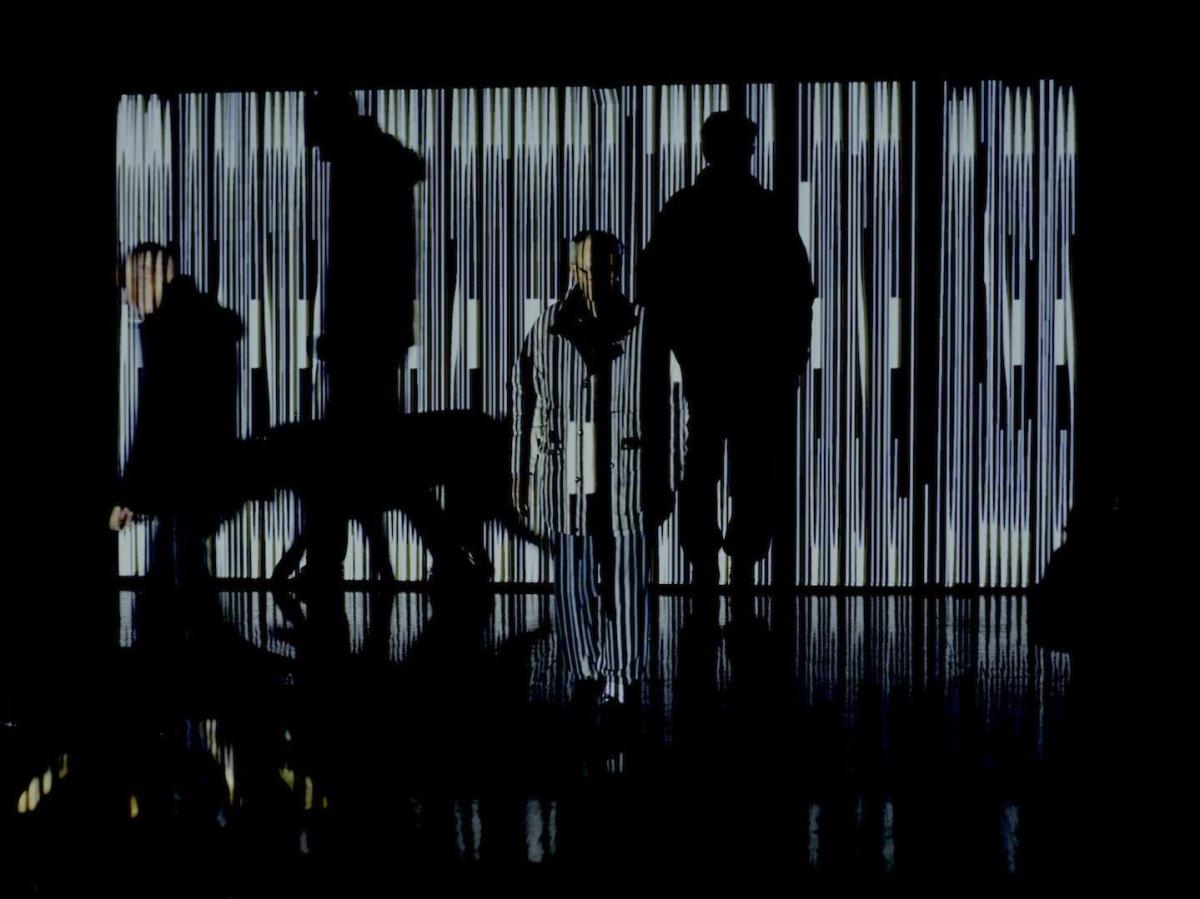Image: Robyn Backen, Connecting You, mirror, Bakelite telephone, sound, wood, electronics. 10 x 4 m. Installation view, Canberra Contemporary Art Space, 2010. Image courtesy the artist. Image: by Ian Hobbs
A biennial is a fantastic way to engage the community, with local and visiting creative practitioners working in familiar sites to open up new dialogues. Willoughby Council has taken up the task and is implementing its inaugural Visual Arts Biennial.
Centred on the theme Imagining Place, the vibrant festival invites artists into conversations about how place is imagined across past, present and future. Considering the value of history, progress, urbanism, nature, architecture, culture, permanence and impermanence, the Biennial will examine current perceptions and highlight the importance of continued consideration of place.
The jam-packed program includes five exhibitions and 14 public programs, with something to suit art lovers of every type. Whether you’re a longstanding local or experiencing the art scene north of the bridge for the first time, the exhibition Recollections of Place in the Foyer Exhibition Space is a unique opportunity to check out Willoughby Council’s art and corporate collections – always a fascinating insight into the history of a municipality.
While ceramics is experiencing a new wave of popularity across the art world, Willoughby boasts a continuing tradition from its historic local pottery industry. HOME GROWN: The Ceramicists, at Art Space on The Concourse, will showcase local artists engaging with this rich history to explore notions of place and belonging.
In another take on local history, Placemarking will see Willoughby Museum artist in residence Rhonda Pryor create a photographic and textile installation from the Museum’s collection. Those with a fascination for antique lace and vintage underclothes will relish the chance to see them in this contemporary context.
From the antique to digital media, It’s Subjective will see the work of several video artists projected from Chatswood’s formidable Urban Screen. The screening program will showcase the breadth of cultural perspectives in the area, including works from Abdul Abdullah, Pilar Mata Dupont, Cyrus Tang, Sejin Kin, Lee Lee Nam, ek.1, Yongseok Oh and Megan Cope.
The public programs taking place as part of the Biennial stretch from the comedic to the academic, and everything in between. Bring a plate to the pot luck ‘Welcome to Willoughby’ picnic, or take a Soundwalk around the Chatswood CBD with landscape architect and acoustic ecologist, Anthony Magen. Meet the area’s nocturnal inhabitants, participate in workshops for all ages, or join award winning comedian Tim ‘Rosso’ Ross in Walter Burley Griffin’s Willoughby Incinerator for his mould-breaking show Man About the House.
For those keen to delve more deeply into the issues around the theme, the symposium Imagining Place: Creativity in transforming cities, taking place on 10 September, is an opportunity not to be missed. Participating Biennial artists Robyn Backen and Sarah Fitzgerald, along with Director of Design Computing at the University of Sydney, Dr Martin Tomitsch Director of Place Partners, Kylie Legge, and Scentre Group Architectural Concept Team Leader for Westfield Chatswood, Talia Keyes will be joined by chair Tamara Winikoff, Executive Director of the National Association of the Visual Arts, to discuss the unique role of art, architecture and creativity in redefining cities and making them more liveable.
A major highlight of the Biennial will be the immersive exhibition If you do not speak, do I speak for you? by renowned interdisciplinary artist Robyn Backen. Backen, in a mentoring role with local Northbridge artist Sarah Fitzgerald, will transform the Incinerator Art Space in Willoughby into an immersive environment of sound, projection and form.
As a Canberran, Backen was familiar with the work of Burley Griffin and his talented wife Marian Mahony Griffin, and through this project was reintroduced to the pair’s powerful relationship to nature and theosophical thinking. Backen said that ‘this led to the conceptualising of a work that in a way mimics previous use of the building – developing a metaphorical incinerator, which like a babushka doll, is an incinerator inside an incinerator.’ In creating a work that inhabits a specific place, Backen is paying homage while being careful to not turn the building into a ‘capsule of nostalgia.’
‘The work plays with meanings that are essential to the reverberatory incinerator,’ explained Backen. ‘It is a place of burning, vibration and in the end destruction. I have tried to open up the meanings and play with phenomena of burning, exploring what the audience will experience, such as claustrophobia, intimacy, wonder and intrigue.’
The participatory work will capture the sounds made by the visitor – ‘incinerating’, distorting and archiving them, they are later fed back into the space. Layers of collected noises will intersperse with the crackling sound of burning charcoal and quotes from Nobel physicist Richard Feynman about the essence of fire being ‘stored sun.’ Scenes from an early Burley Griffin promotional film will also feature as part of the work, which will bring together the cinematic, poetic, scientific and imaginative.
To hear more from Backen about the development of If you do not speak, do I speak for you?, catch the artist in conversation with Biennial curator Venita Poblocki on 12 September.
To be one of the first to experience Backen’s installation, join the Biennial opening celebrations on Saturday 5 September for an opening fire ritual at the Incinerator Art Space. Sydney’s newest art festival is sure to sizzle.
To find out more about the Willoughby Visual Arts Biennial 2015, visit the website.





